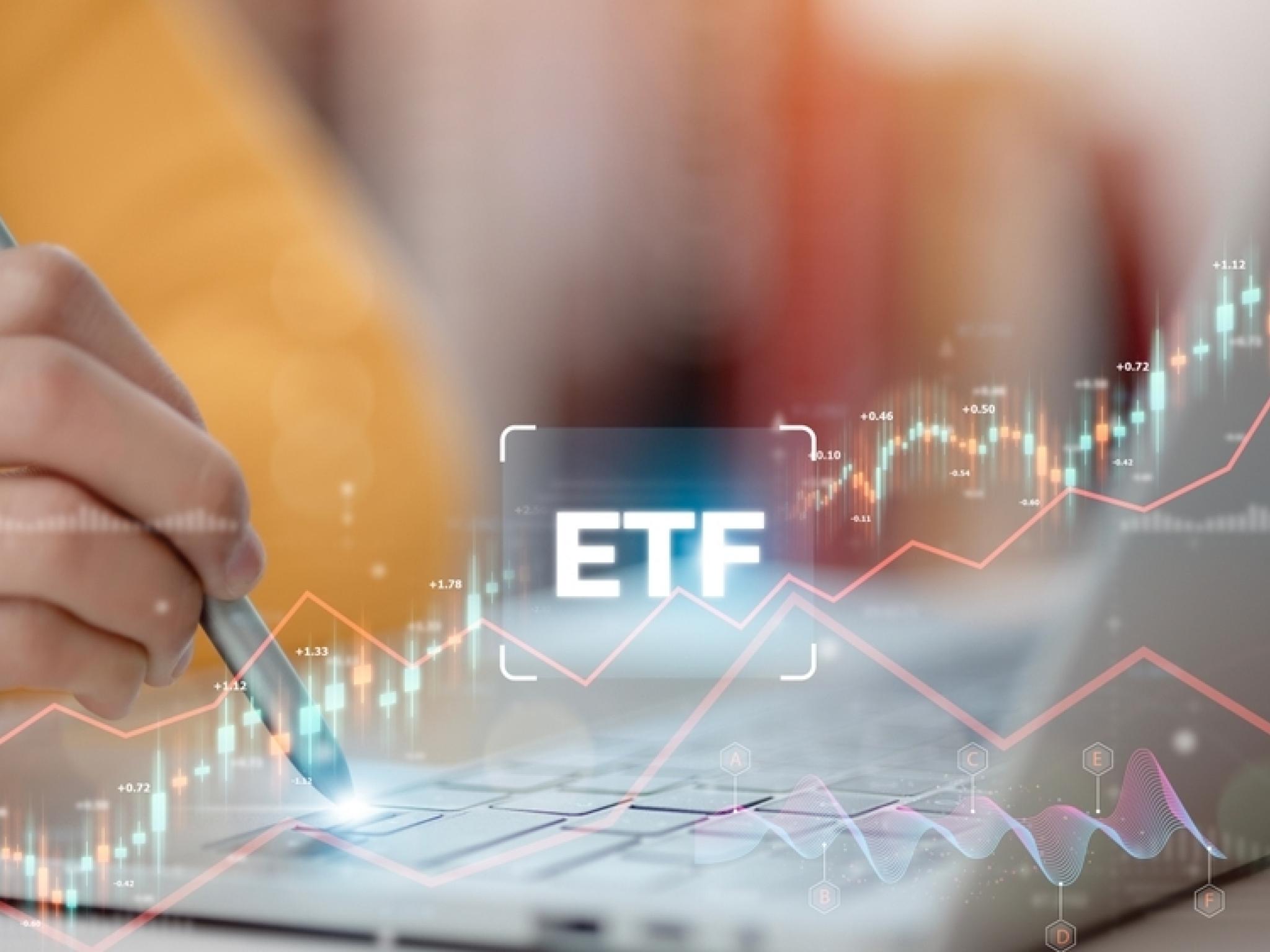ETF Diet Leans Defensive — Less Froth, More Safety As Jobless Rate Hits 2021 High
Author: Chandrima Sanyal | November 21, 2025 10:27am
The latest jobs report has put the ETF market into a dilemma. With the unemployment rate rising to 4.4%, the highest level since October 2021, and December rate-cut odds shrinking to 28%, trimming risk and loading up on steadier, low-beta staples may prove to be a prudent move.
Mixed labor data and dimmer rate-cut prospects might encourage investors to consider defensive ETFs, as rising unemployment tempers optimism despite stronger job gains.
• SPY is demonstrating strength. Watch the momentum here.
SPDR S&P 500 ETF (NYSE:SPY) and Invesco QQQ Trust (NASDAQ:QQQ) staged an early rally Thursday on strength from NVIDIA Corp (NASDAQ:NVDA), Super Micro Computer Inc (NASDAQ:SMCI) and Palantir Technologies Inc (NASDAQ:PLTR), but reversed into the close, losing 1.5% and 2.4%, respectively, as the higher jobless rate cracked the morning's optimism. The whiplash reinforced the instinct to reduce "market froth" and rotate toward safety-first ETFs.
Here are some low-beta plays to consider:
iShares MSCI USA Min Vol Factor ETF (BATS:USMV): A low-volatility ETF, with a beta of 0.76 per Benzinga Pro, USMV is built for smoother returns when macro data turns messy. The expense ratio is 0.15%.
Invesco S&P 500 Low Volatility ETF (NYSE:SPLV) is another low-volatility fund, with a beta of 0.61, that may cushion portfolios when market nerves flare. The expense ratio is 0.25%.
SPDR Select Sector Fund – Consumer Staples (NYSE:XLP) is a consumer-staples ETF that’s backed by companies whose demand rarely wobbles — even when the economy does. The fund carries an expense ratio of only 0.08% and a beta of 0.58, a powerful combination.
SPDR Select Sector Fund – Utilities (NYSE:XLU), the ETF that focuses on utilities, is gaining fresh interest as investors search for stable cash flows, with economic signals sending mixed messages. This fund also carries beta of lower than 1 (0.57), which means its movements are relatively safe in times of market uncertainties. Even better is its low expense ratio of 0.08%.
Together, these funds form the “cleaner diet” that investors are adopting — less dependent on rate pivots, less sensitive to risk-on euphoria, and far more in tune with a labor market that suddenly looks less steady. Each of these funds’ prices inched up on Friday morning, as investors weighed their options.
Rising Unemployment Exposes Cracks
Economists say that September’s headline gain of 119,000 jobs is not the comfort food that the market thinks it is. The rise in the unemployment rate to a nearly four-year high flipped the tone of the report from celebratory to cautionary. Economist Justin Wolfers called the data a classic case of mixed signals, noting that the steady climb in unemployment since the start of the current administration points to a broader cooling trend.
Comerica Bank‘s Bill Adams called the September figure “stale,” given a combined 33,000 downward revision to July and August payrolls. He also flagged rising unemployment across key demographic categories, such as a 1.5-percentage-point jump in Black unemployment since May.
Bank of America economists said the higher jobless rate makes a “dovish hold” the most likely outcome at December’s Fed meeting, given that policymakers won’t receive an official November jobs report before deciding. The payroll gain may briefly soften recession fears, but investors see the underlying trend: a softening labor market, less room for monetary easing and higher volatility ahead. No wonder the ETF diet is shifting — less froth, more safety.
Read Next:
Photo: Shutterstock
Posted In: NVDA PLTR QQQ SMCI SPLV SPY USMV XLP XLU





